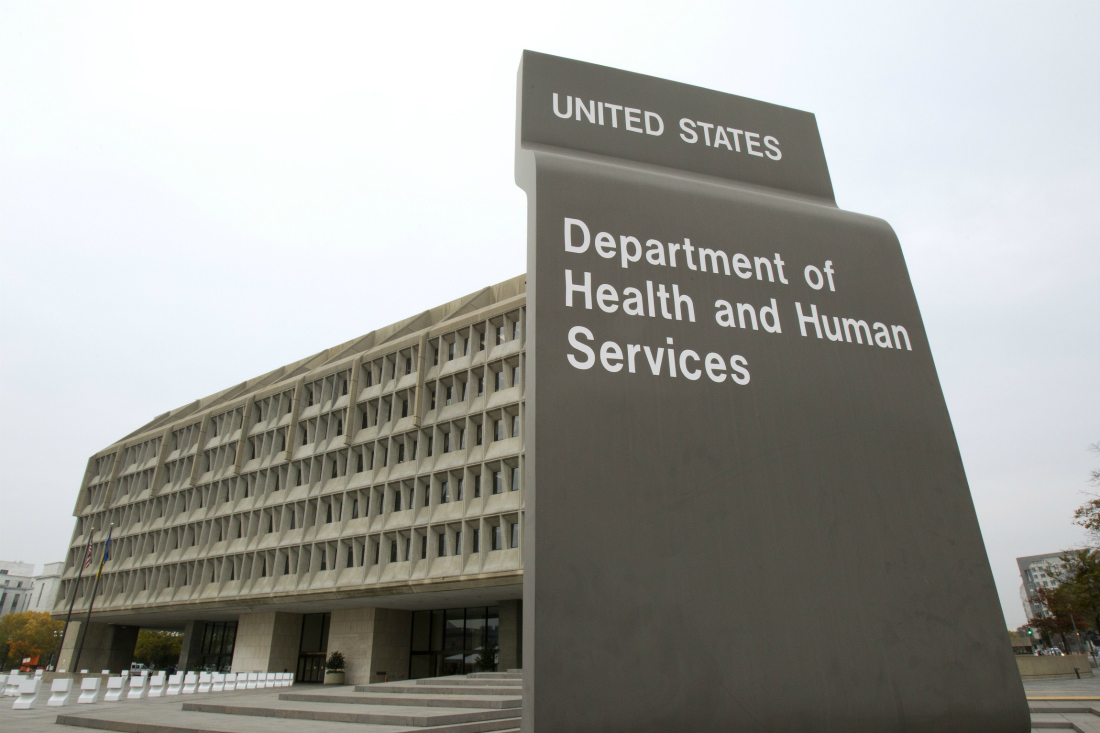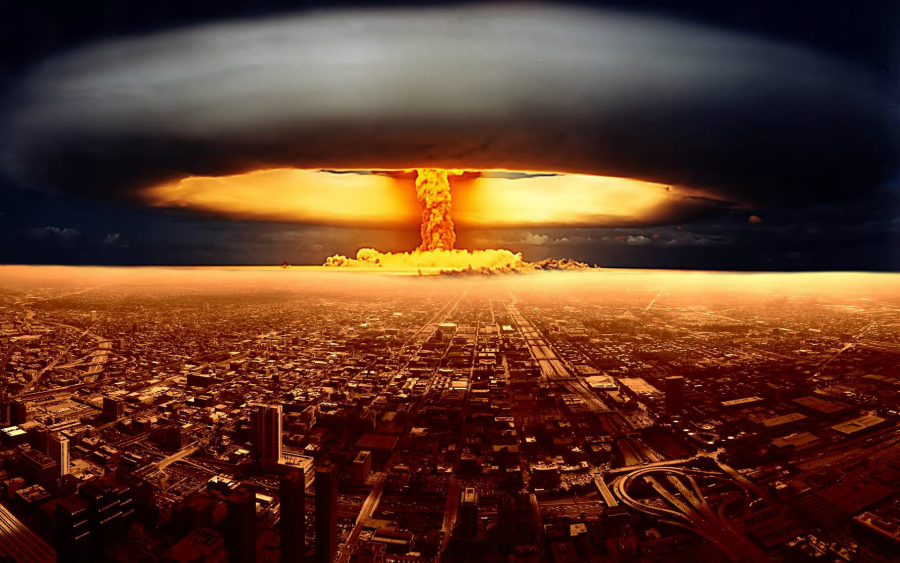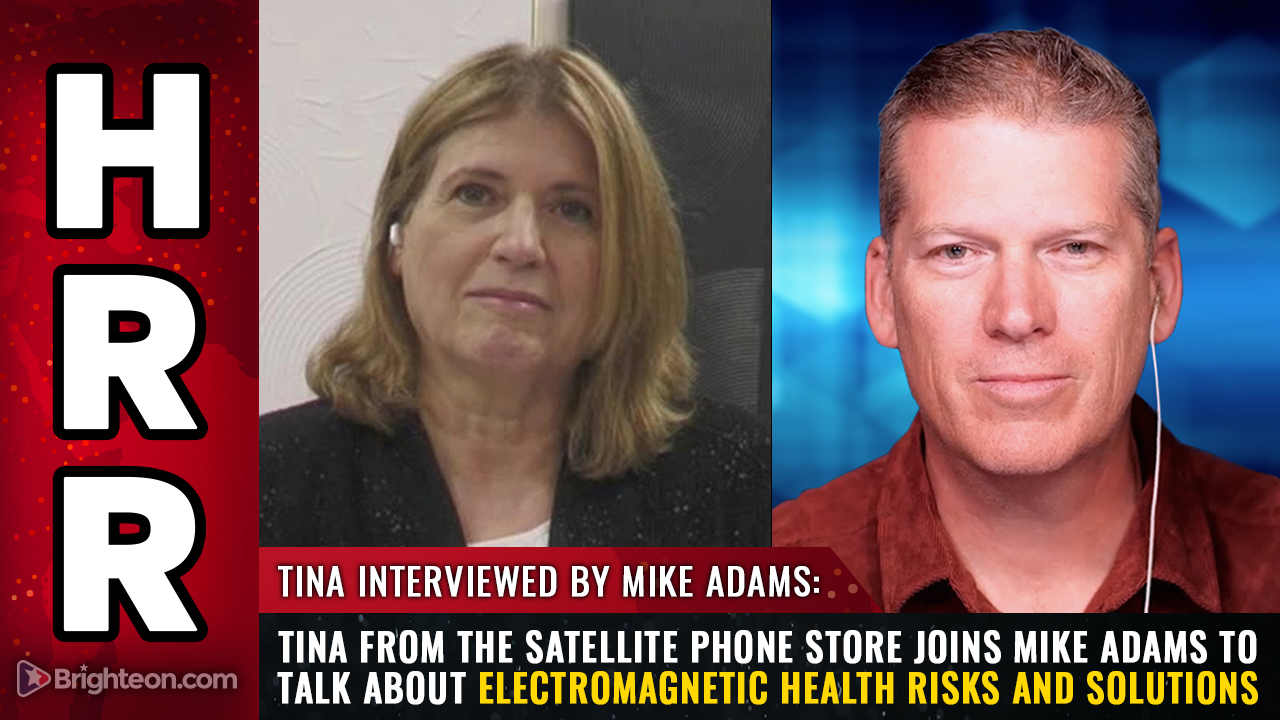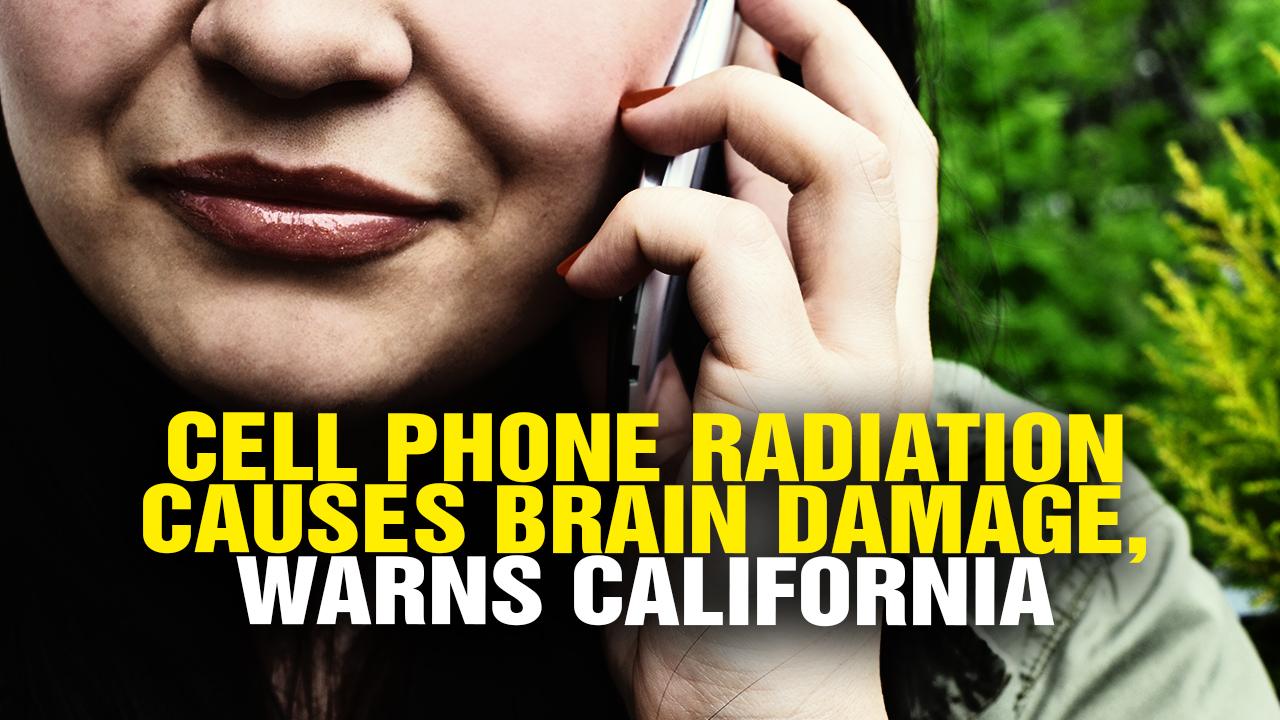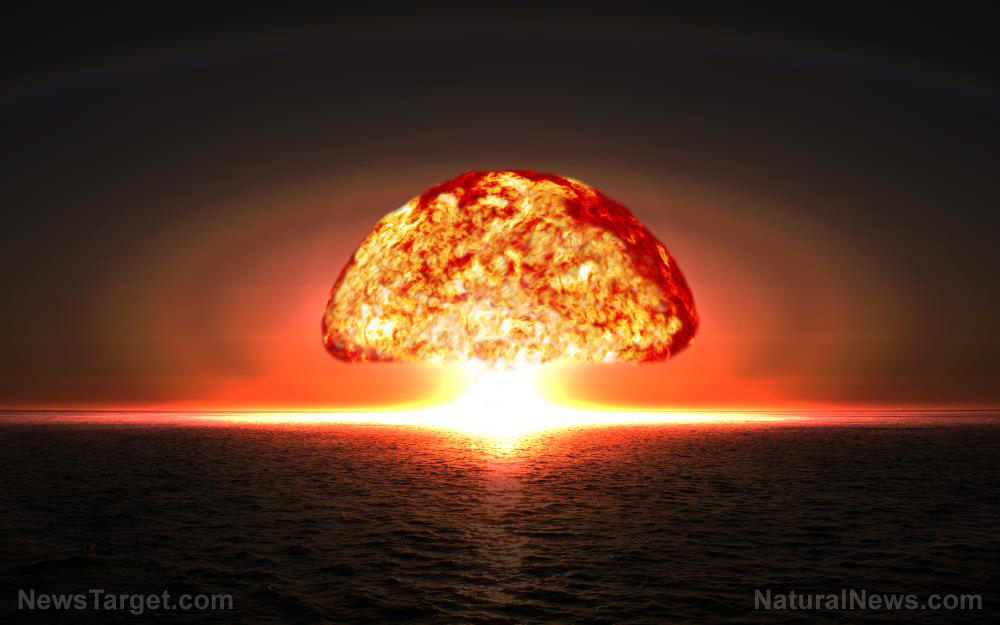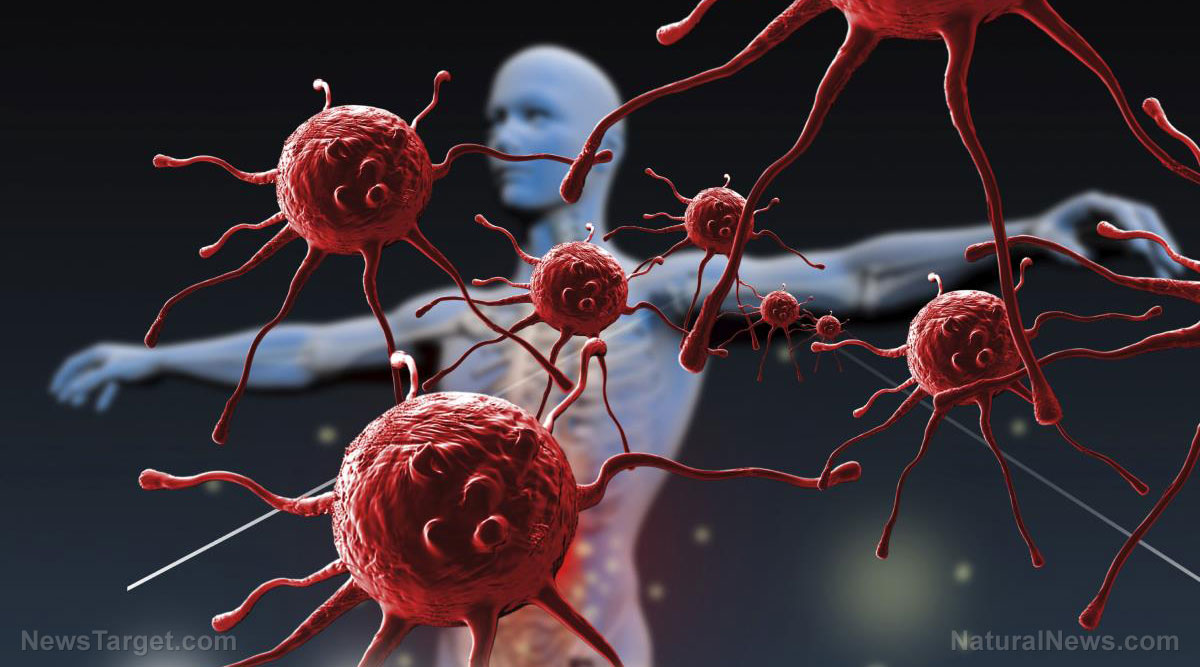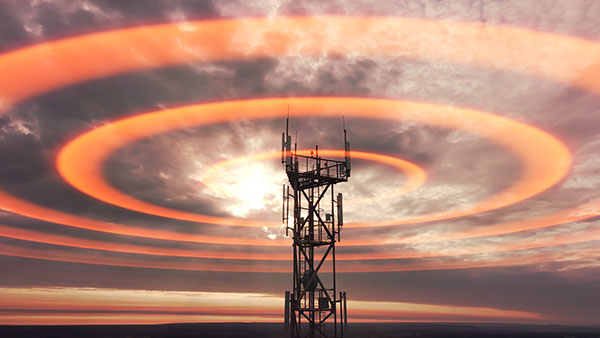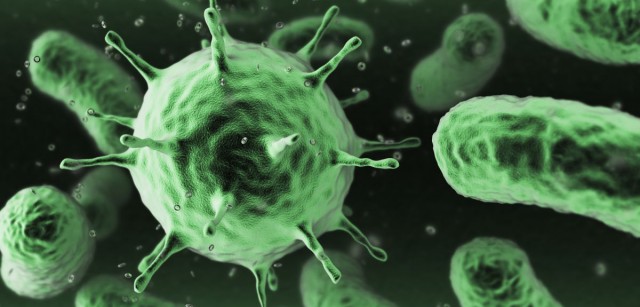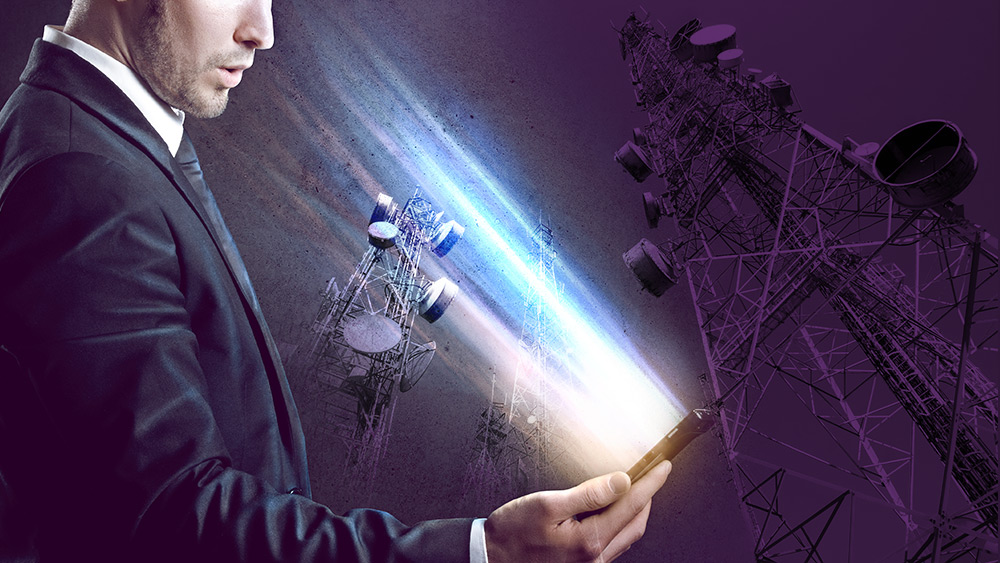Radiation from CT scans tied to 5% of cancer cases, experts urge caution
04/24/2025 / By Cassie B.

- A new study reveals CT scans may cause more than 103,000 future U.S. cancer cases from 2023 scans alone.
- CT scans could account for 5% of annual cancer diagnoses, similar to major risk factors like obesity.
- Children and women face the highest risks, with infants having a 20-in-1,000 cancer chance per scan.
- Multiphase scans (30% of procedures) deliver extreme radiation, with abdominal/pelvic CTs posing the greatest danger.
- Experts urge questioning unnecessary scans, using safer alternatives, and applying the lowest possible radiation dose.
A groundbreaking study has exposed a hidden danger lurking in one of modern medicine’s most common diagnostic tools: CT scans. Researchers estimate that the radiation from CT scans performed in 2023 alone could trigger over 103,000 future cancer cases in the U.S., shocking patients and physicians alike with the scale of the risk. Published in JAMA Internal Medicine, the study challenges long-held assumptions about the safety of medical imaging and raises urgent questions about unnecessary radiation exposure.
The University of California, San Francisco (UCSF) team, led by epidemiologist Dr. Rebecca Smith-Bindman, analyzed data from 143 hospitals and clinics across 20 states. Their findings reveal that CT scans — once considered low-risk — are now projected to contribute to nearly 5% of all new cancer diagnoses annually, putting them on par with major risk factors like alcohol consumption and obesity.
The silent threat in “routine” scans
CT scans use ionizing radiation to create detailed internal images, but the study found that risks are far higher than previously acknowledged. Children and women face the greatest dangers: Babies under one year old have a staggering 20-in-1,000 chance of developing cancer per scan, while women are disproportionately vulnerable to radiation-induced lung and thyroid cancers.
A major culprit is “multiphase” scanning, where patients endure multiple radiation bursts during a single session. Abdominal and pelvic CTs accounted for 37% of projected cancers despite representing only 32% of scans. “Nearly 30% of scans are multiphase,” the authors noted, “delivering doses equivalent to hundreds of chest X-rays.”
Outdated safety assumptions
Despite advances in technology, CT usage has surged by 30% since 2007, driven partly by unnecessary imaging. The study warns that “low-value” scans (those with minimal medical benefit) are flooding the system, exposing patients to preventable harm.
Even more alarming, current risk models may underestimate the danger. The researchers excluded high-dose CT-guided biopsies and used conservative assumptions about radiation effects. Smith-Bindman emphasized that low-energy X-rays from CTs may cause disproportional cellular damage. Previous research, including work by nuclear physicist Dr. John Gofman, has linked medical radiation to over 60% of cancer deaths and 70% of heart disease fatalities.
Protecting patients: What you need to know
Experts urge patients to question CT scans unless absolutely necessary. Ultrasounds during pregnancy, for example, rarely change outcomes but may affect fetal development.
For those facing a scan, key steps include:
- Asking if alternatives such as MRI or ultrasound could suffice
- Requesting the lowest possible dose of radiation
- Avoiding repeated scans unless it is critical
Dr. Nicole Saphier, a radiologist unaffiliated with the study, stressed balance: “This is not a call to avoid CT scans — it’s a call to use them wisely.”
A systemic crisis demands systemic change
The study underscores a healthcare paradox: While CT scans save lives, their overuse has created a public health threat. The authors urge hospitals to curb unnecessary imaging and adopt stricter dose protocols. For patients, the message is clear: Empowered decision-making is vital. As the data shows, the risks of radiation are not theoretical—they’re quantifiable, widespread, and, in many cases, preventable.
In an era where advanced diagnostics dominate medicine, this research serves as a sobering reminder that sometimes, the greatest risks come not from disease — but from the tools meant to fight it.
Sources for this article include:
Submit a correction >>
Tagged Under:
cancer criminals, CT scan, diagnostics, discoveries, environment, health science, ionizing radiation, medical tech, radiation, radiation science, real investigations
This article may contain statements that reflect the opinion of the author
RECENT NEWS & ARTICLES
COPYRIGHT © 2017 RADIATION NEWS

